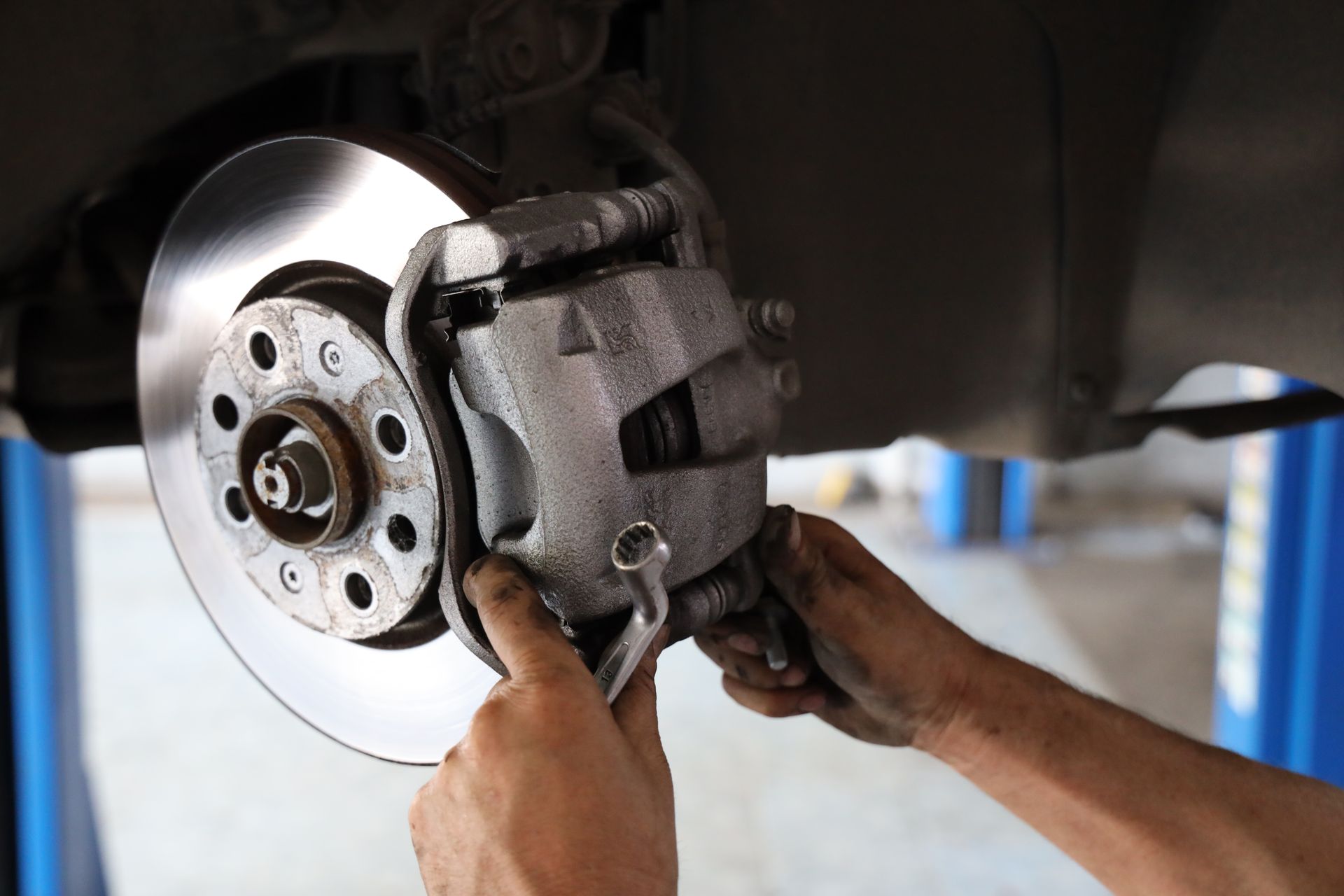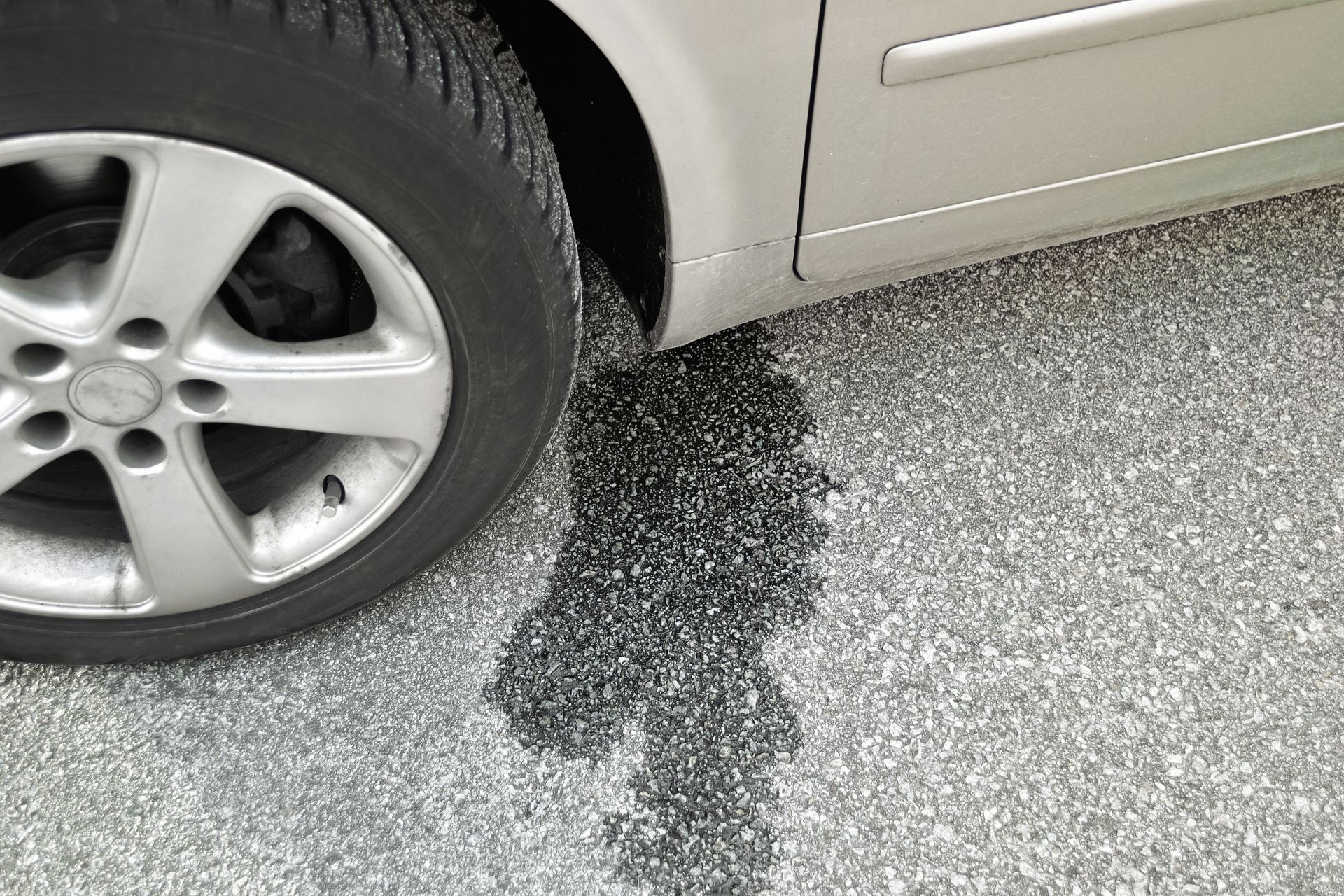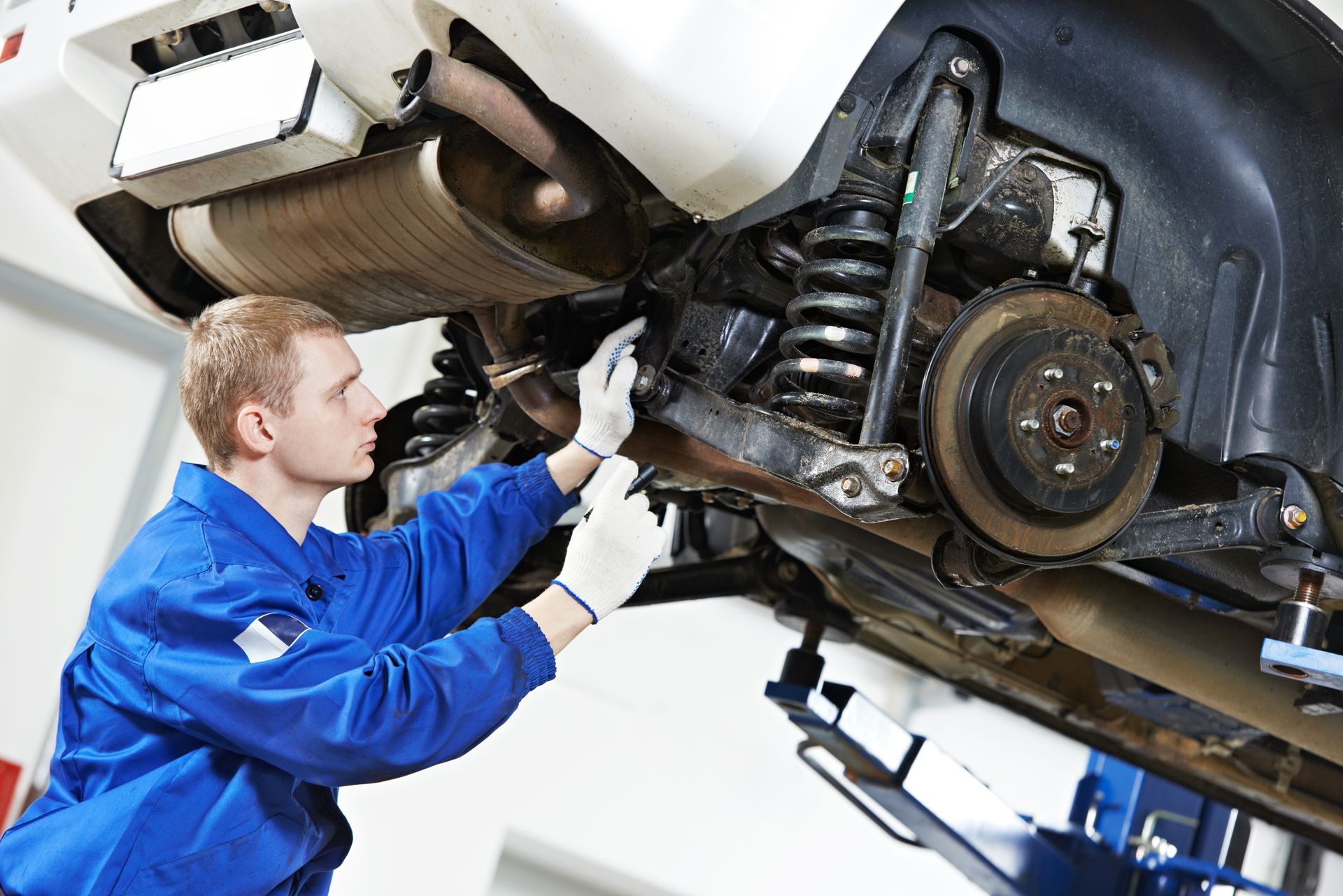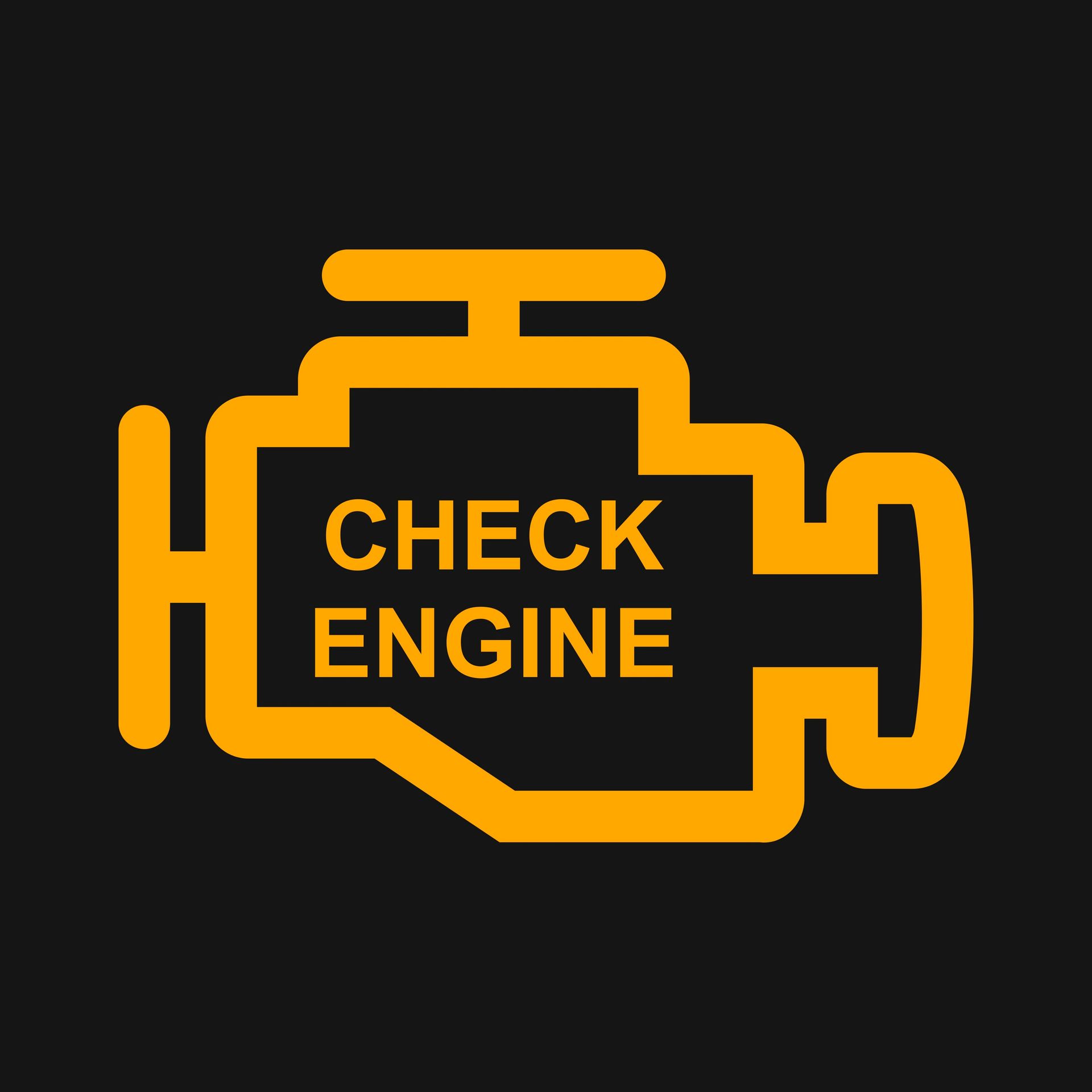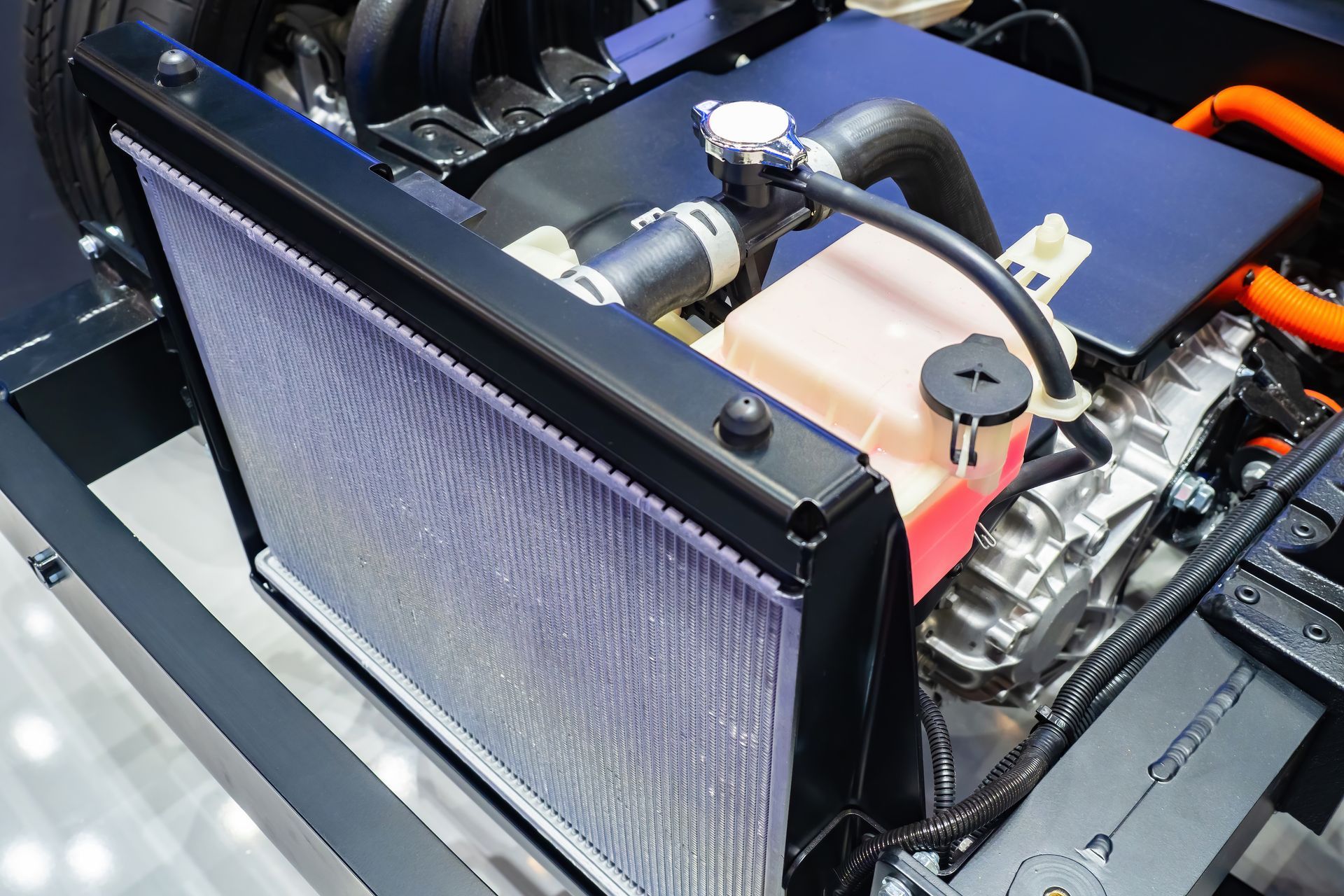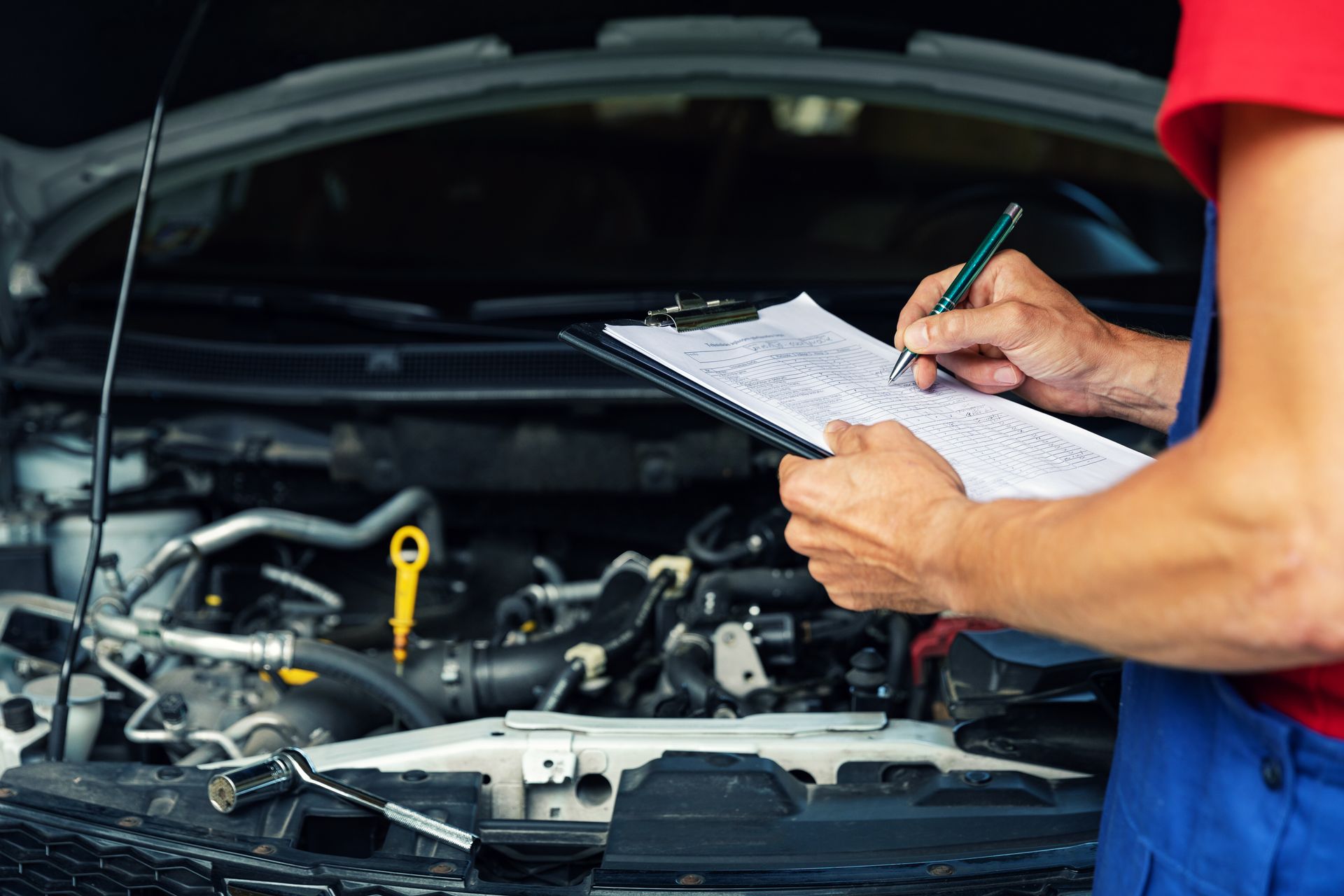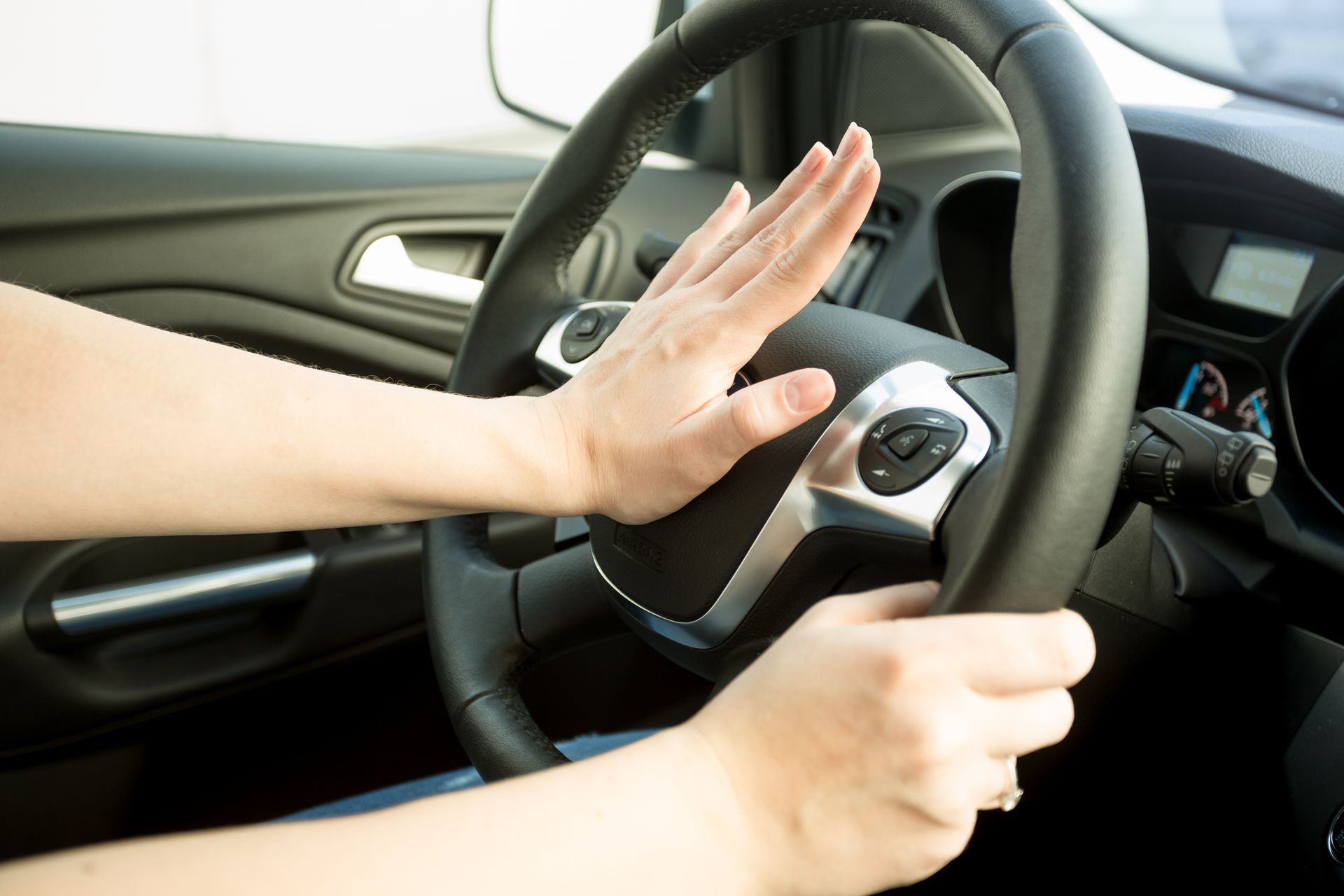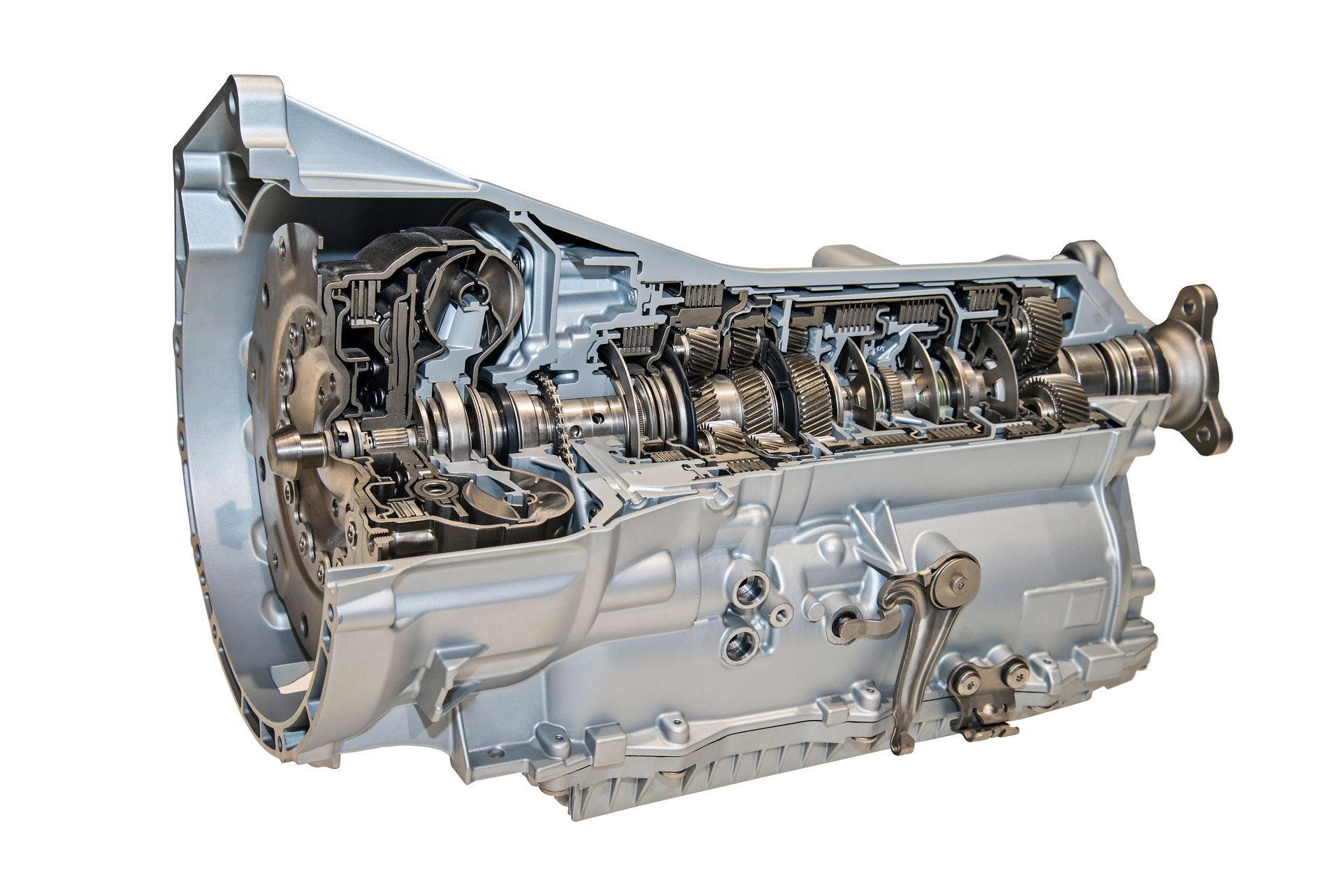When you hear about modern car safety features, disc brakes are usually the star of the show. They’re known for strong stopping power, fade resistance, and overall reliability. So it might come as a surprise to learn that many new vehicles still come with drum brakes, especially on the rear wheels.
Why would car manufacturers continue using what seems like older technology when newer systems are available? The answer comes down to cost, function, and the fact that drum brakes still do their job quite well in the right situations. Here’s why drum brakes haven’t disappeared from the automotive world.
What Are Drum Brakes and How Do They Work
Drum brakes use a set of brake shoes that press outward against the inside of a spinning drum to slow down the wheel. The friction created by the shoes pushing against the drum is what brings the vehicle to a stop.
This design has been around for over a century and was standard on cars for decades. It’s simple, durable, and effective, especially at lower speeds or when used in the rear, where braking force isn’t as critical.
Why Drum Brakes Are Still Used on Modern Vehicles
One of the biggest reasons drum brakes are still found on new cars is cost. Drum brake systems are less expensive to produce than disc brakes. For automakers looking to build affordable cars without compromising safety, putting drum brakes on the rear wheels helps keep the total cost down.
And in most normal driving situations, drum brakes are more than capable of handling their share of the braking load. In fact, front brakes do the majority of the work during stopping, since the weight shifts forward. That’s why front wheels almost always use disc brakes, while the rear wheels can use drums without negatively affecting safety.
Parking Brake Integration
Drum brakes also have an advantage when it comes to parking brake systems. They can easily be designed to hold the vehicle in place without requiring a separate mechanism. Many vehicles that use disc brakes still rely on a small drum brake inside the rear hub just for the parking brake.
The integration is simpler, and the parts tend to be less prone to seizing, which can be an issue in wet or salty environments like Cape Coral. Drum brakes offer a reliable and effective way to keep the car stationary, even on inclines.
Lower Maintenance
Drum brakes are enclosed, which protects the components from dust, water, and road grime. That makes them less exposed than disc brakes, which have rotors and calipers open to the elements. In certain environments, especially where sand or salt is present, this can help drum brakes last longer without corroding or getting dirty as quickly.
That said, they’re also more difficult to cool, which is why you’ll never see them on performance vehicles or sports cars that demand high-speed stopping power. But for daily commuters and budget-friendly sedans, they offer a practical and long-lasting solution.
Are Drum Brakes Less Safe
Not necessarily. Drum brakes are subject to modern design standards and must meet the same safety regulations as disc brakes. While they don’t perform as well under repeated hard braking or high heat, they’re more than adequate for everyday use when properly maintained.
However, they can feel less responsive than discs, especially as they wear or if they haven’t been serviced in a while. That’s why it’s important to have them inspected regularly and to replace the shoes when needed.
George’s Complete Auto Repair – Brake System Experts in Cape Coral, FL
At George’s Complete Auto Repair, we work on all types of braking systems—from classic drum setups to modern four-wheel disc systems with ABS. Whether your car came with drum brakes in the rear or you’re experiencing signs of brake wear, we’re here to keep your stopping power sharp and safe.
Come by for a brake inspection and let our team make sure your vehicle is ready for every stop in Cape Coral.

